
BLACK DIAMONDS: THE CURSE: TRUE OR FALSE?
Are Black diamonds Cursed?
Diamonds have captivated our attention for centuries. Discovered before 3000 BC, these precious gems have, with time, become infused with superstitions and myths. In ancient times, before specialized cutting techniques were applied to diamonds to reveal their unique sparkle, even a rough diamond was considered to be priceless. It was thought to be a magical link between man and the forces nature that dictated his fate.
Diamonds have their fair share of mythology shaped around them. The Egyptians believed that diamonds represented the sun, and were, therefore, a symbol of power, courage, and truth. The ancient Greeks believed that diamonds were formed from the tears of the gods. In the Middle Ages, diamonds were relied on for their healing abilities and were used to treat anything from mental illnesses to heart ailments.
White diamonds have emerged from history; however, as a symbol of love, purity, and commitment. But their ‘darker' cousins, black diamonds, have been dogged with drama. White and black diamonds are actually very similar – in fact, they are chemically identical. But the structure of the black diamond is significantly different. The numerous inclusions, compared to a white diamond, cause them to absorb more light. This gives them their opaque appearance.
TALES FROM THE EAST
It was ancient Indian culture that is rumored to be the first society to consider black diamonds to be plagued with danger. It's thought that that the dark, lightless gem reminded them of the lifeless eyes of snakes, and the association was made in a traditional fable passed down through generations.
However, black diamonds must have been considered worthy of a god. An unusually large, rare, and beautiful 195-carat black diamond was placed by worshippers of the idol of Brahma in the eye of the statue. The shrine, near Pondicherry in India, is the source of the myth that black diamonds are cursed.
Legend has it that a monk stole the gem from the shrine in the 1800s. The desecration of the shrine allegedly led to stone becoming cursed. It's not certain how the remarkable stone found its ways into the hands of a diamond dealer in the United States, but the next time we hear about the black diamond, coined ‘the eye of Brahma', is 1932. JW Paris, the dealer who had imported the stone, reportedly threw himself off one of New York's tallest buildings shortly after concluding the sale of the jewel. Was the diamond cursed by the god it had been stolen from?
More than a decade passed, and the gem was then linked to a pair of Russian princesses, Nadia Vyegin-Orlov and Leonila Galitsine-Bariatinsky. The sisters leapt to their deaths within a month of each other. With three deaths associated with the black diamond, people began to believe it was cursed.
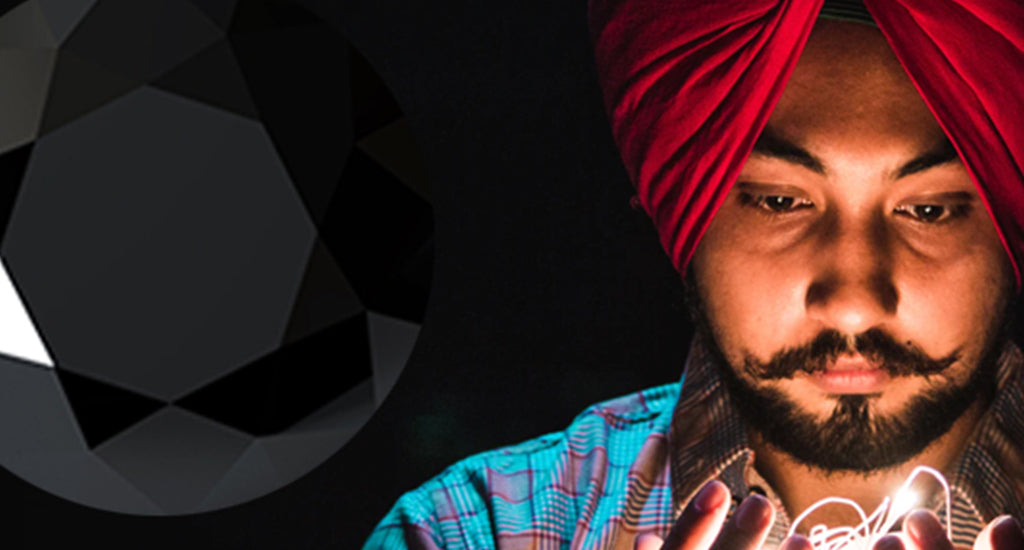
CUTTING THE ‘CURSE'
There was then an attempt to break the curse, and the black diamond was re-cut into three separate stones. A 67.5car stone cut from the original gem was dubbed the Black Orlov, taking with it the rumors of the curse. The gem is set in a 108-diamond brooch suspended from a 124-diamond necklace. The current owner told reporters that he believed the curse was broken as there had been no trouble associated with it for half a century.
Nonetheless, the Orlov will forever be tainted, it seems. In 2006 actress Felicity Huffman was said to be considering wearing the eye-stopping piece of jewellery to the Oscar Awards. Apparently, she changed her mind at the last moment when she got the jitters about the stone's unpleasant past.
While the Black Orlov will always be notorious for its dark history, there is an equally famous black diamond that is thought to be blessed, rather than cursed. The world's biggest known black diamond, the Korloff Noir diamond, is believed to give a person good luck and happiness when touched. This myth may come from Italian culture where couples believe that if you touch a black diamond, an ailing relationship can be saved. The legend goes that the ‘problems' they experience are absorbed into the stone.
This particular 88-carat black diamond has a remarkable 57 edges. Before it was polished, the renowned black diamond had 421 carats. The cut of this gem is unique and is known as the Korloff cut. The cut allows the most amount of light to enter the stone. This enhances the brilliance and shine. The Korloff Noir was discovered in Siberia in 1917 and derived its name from the Russian royal family that owned it. Insured for $37 million, it is occasionally allowed out of its Parisian home for international exhibitions.
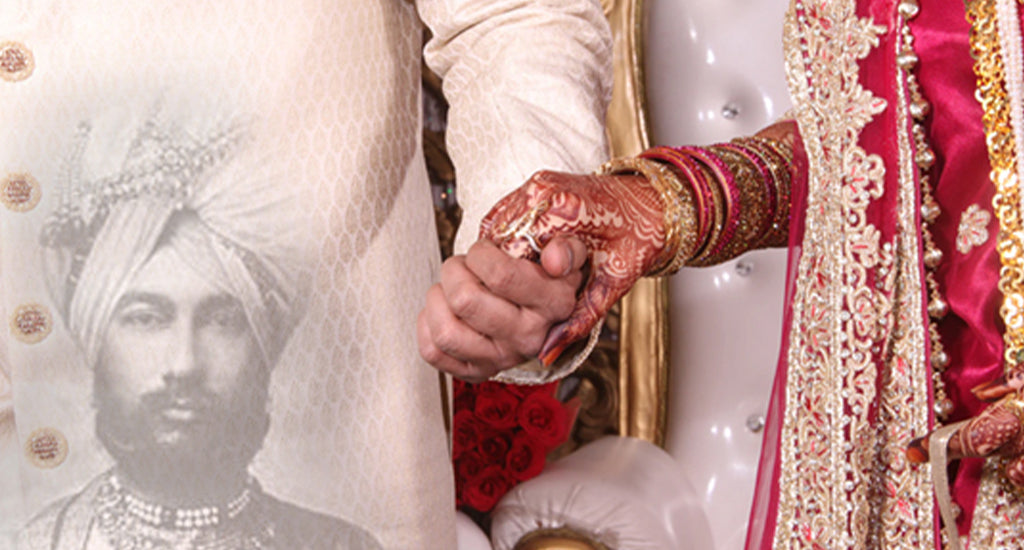
IN THE COMPANY OF GIANTS
The biggest diamond ever discovered was also a black diamond or ‘carbonado'. Found in Brazil and known as ‘Sergio', the stone weighs 3,167 carats. This is 61 carats heavier than the most significant single clear diamond ever discovered, the Cullinan, which was found in South Africa. The next-largest diamonds ever found in Brazil are also carbonadoes, weighing 2,000 carats, 932 carats, and 828 carats.
They have long shrugged of their associations with ‘curses', but there is still controversy brewing around black diamonds. While scientists and gemologists cannot agree on the matter, some propose that the origin of black diamonds differs immensely from white diamonds. They believe that because these diamonds have different carbon isotopes and are rich in hydrogen, they are more similar to diamonds found in outer space than earth-made gems. Cosmic origin theories have ranged from a belief that black diamonds came from asteroids that exploded and then landed on Earth a couple of billion years ago. Others theorize that a meteorite transformed into a black diamond when it hit Earth, exposing it to immense heat and pressure.
Black diamonds are only found in Brazil and parts of Africa. Their limited location fits with a theory that meteorite hits formed them because of their restricted location. What is certain is that the debate has reignited the mystery surrounding black diamonds.
No longer considered to be ‘cursed', black diamonds still have an edge that sets them apart from more traditional white or fancy colored diamonds. But a new generation of fashion trailblazers and celebrities has fallen in love with black diamonds – and they adore them for their quirky connotations and rarity.
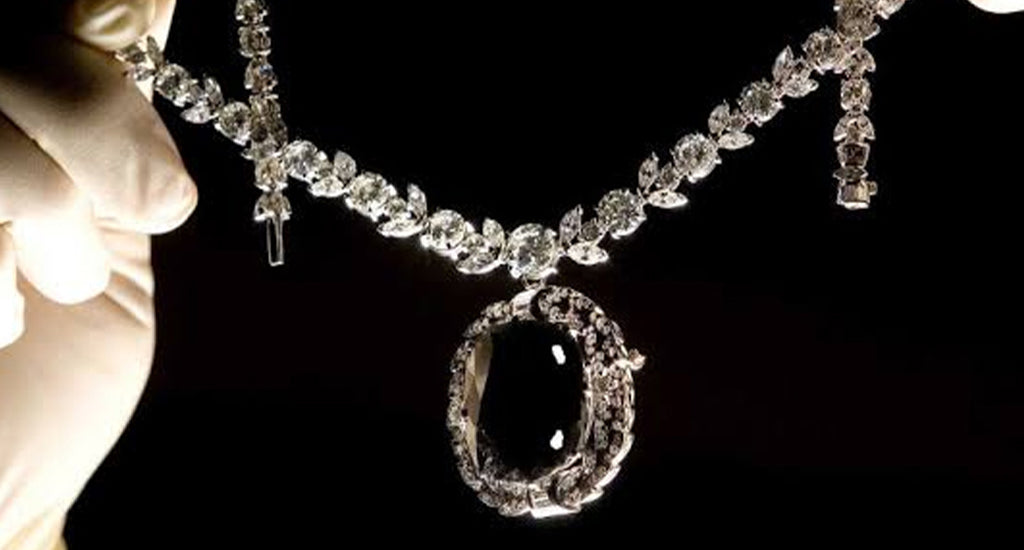
MODERN DAY CHARMS
The character Carrie Bradshaw, of Sex and the City, is credited as bringing black diamond engagement rings into the spotlight. In the classic show, her boyfriend presented her with a 5-carat black diamond engagement ring. The ‘Carrie ring' featured a black diamond set in 18K white gold and accented with 80 pave-set diamonds. In the episode, ‘Big' told Carrie he had chosen a black diamond for her because ‘she is not like anyone else'. The classic scene certainly broke the ‘curse' of Carrie's disastrous relationship history.
In real life, LA Ink star Kat Von D was given a black diamond engagement ring by her fiancé deejay Deadmau5 (aka Joel Zimmerman). The center of the ring was mounted with a black diamond and flanked by two skulls. It seems Kat enjoyed embracing the ‘dark side' of her black diamond.
Then the queen of fashion drama, Lady Gaga, rocked the red carpet at the 2018 Grammy Awards in a black lace jumpsuit complemented by blackened diamond chandelier earrings, a matching serpent ring, and a black diamond ring.
The world has clearly moved on from the curses previously associated with black diamonds. However, there is one famous diamond that's still considered to be cursed – and it's beautiful and blue…

THE OTHER ‘CURSED' DIAMOND…
According to Indian lore, the Hope Diamond was plucked from the eye of the goddess Sita. It was destined to remain as part of the earth until a French gem merchant Jean Baptiste-Tavernier took the 45.52-carat blue diamond from the Golconda Mines in India and sold it to King Louis XIV. The king died shortly afterward, and its future owners all met strange or unnatural deaths. Most famously, the ill-fated Marie Antoinette wore it.
Eventually, an American heiress, Evalyn McLean, acquired it and was famously known to have attached it to her dog's collar. The women's family soon experienced a string of bad luck, including the deaths of both her daughters and that of her husband, who died in an insane asylum. The Hope diamond brought nothing but despair to its owners, but it now rests in the Smithsonian, where it's been for over 70 years. There haven't been any tragedies linked to it since. Perhaps, like the Black Orlov, the ‘curse' has been broken.
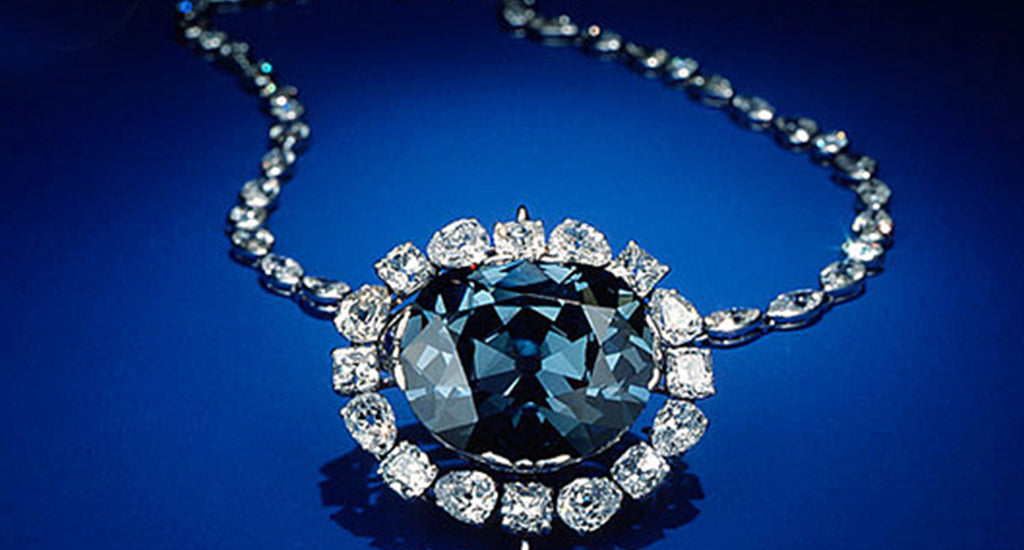
BUY A BLACK DIAMOND RING
Black diamonds lend themselves to unique designs and eye-catching rings. Shimansky founder and head designer, Yair Shimansky, is renowned for his exquisite black diamond rings. Book an appointment here.
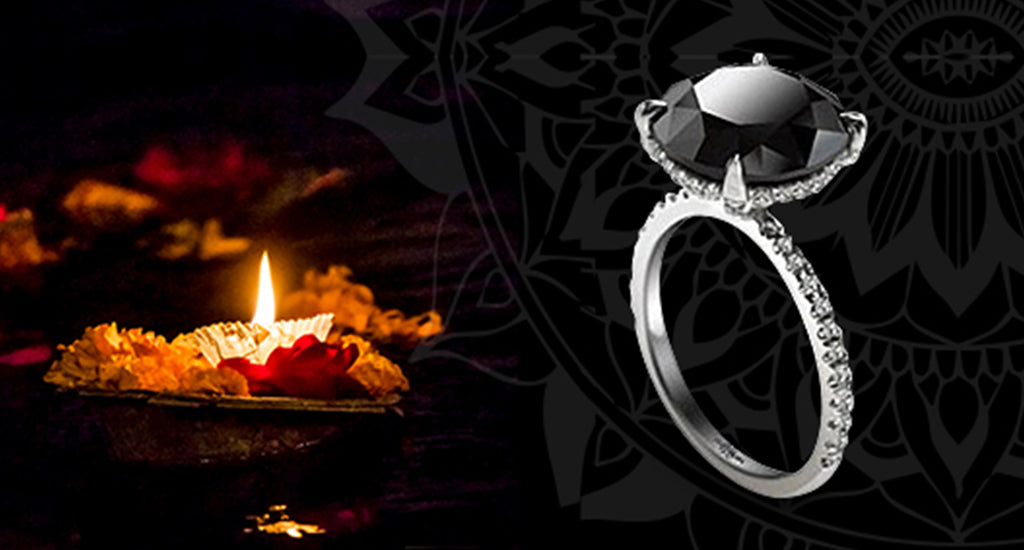
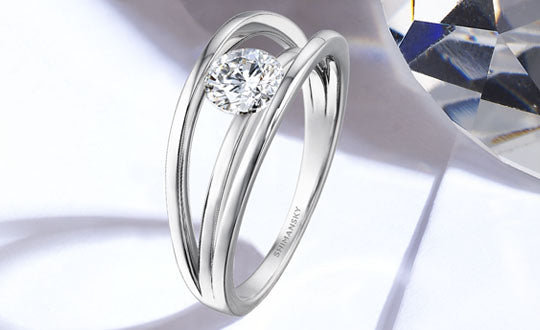
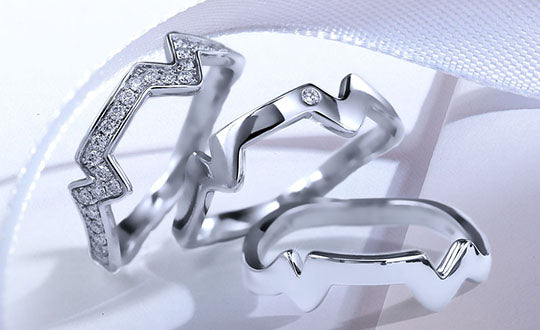
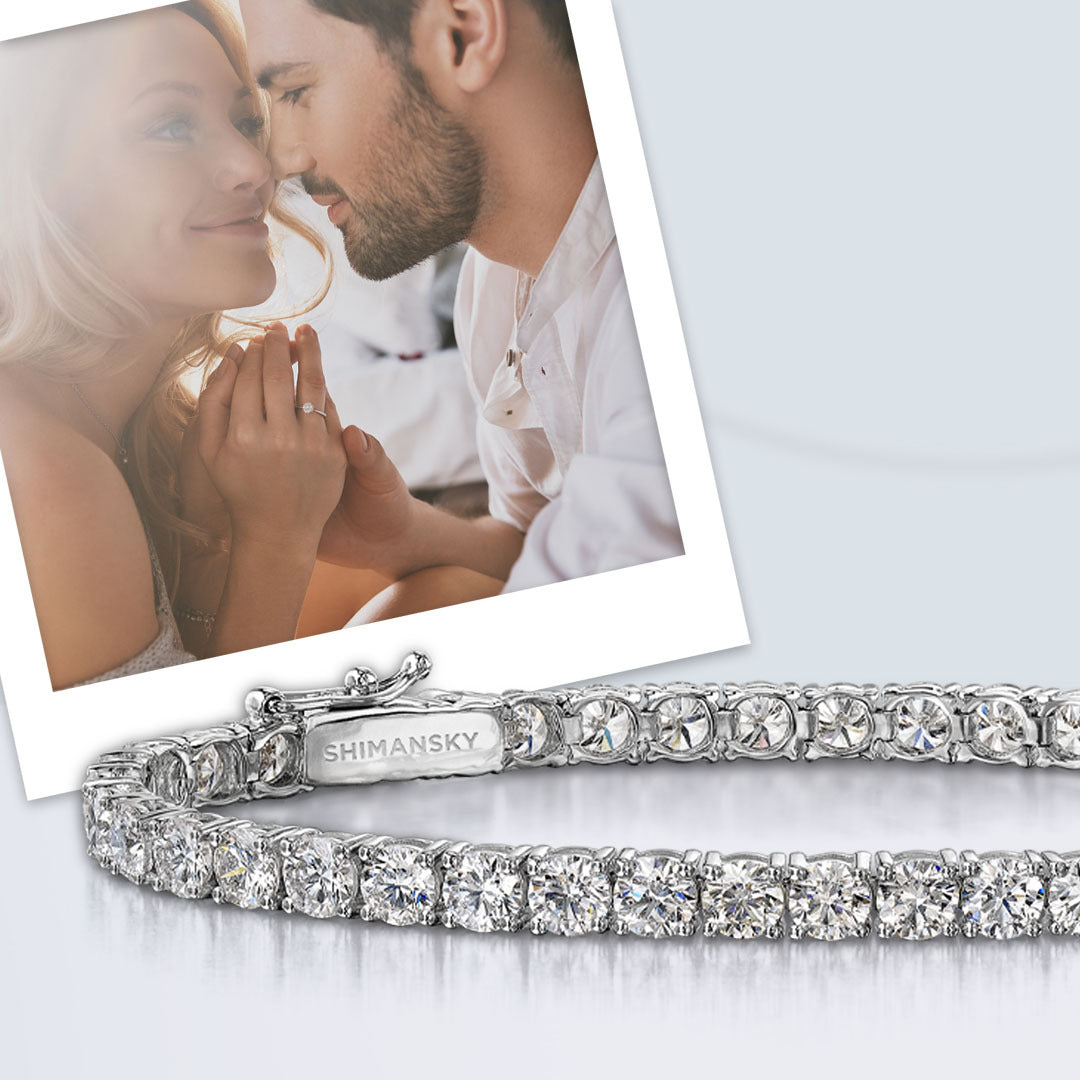
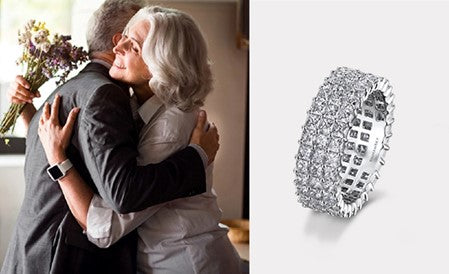


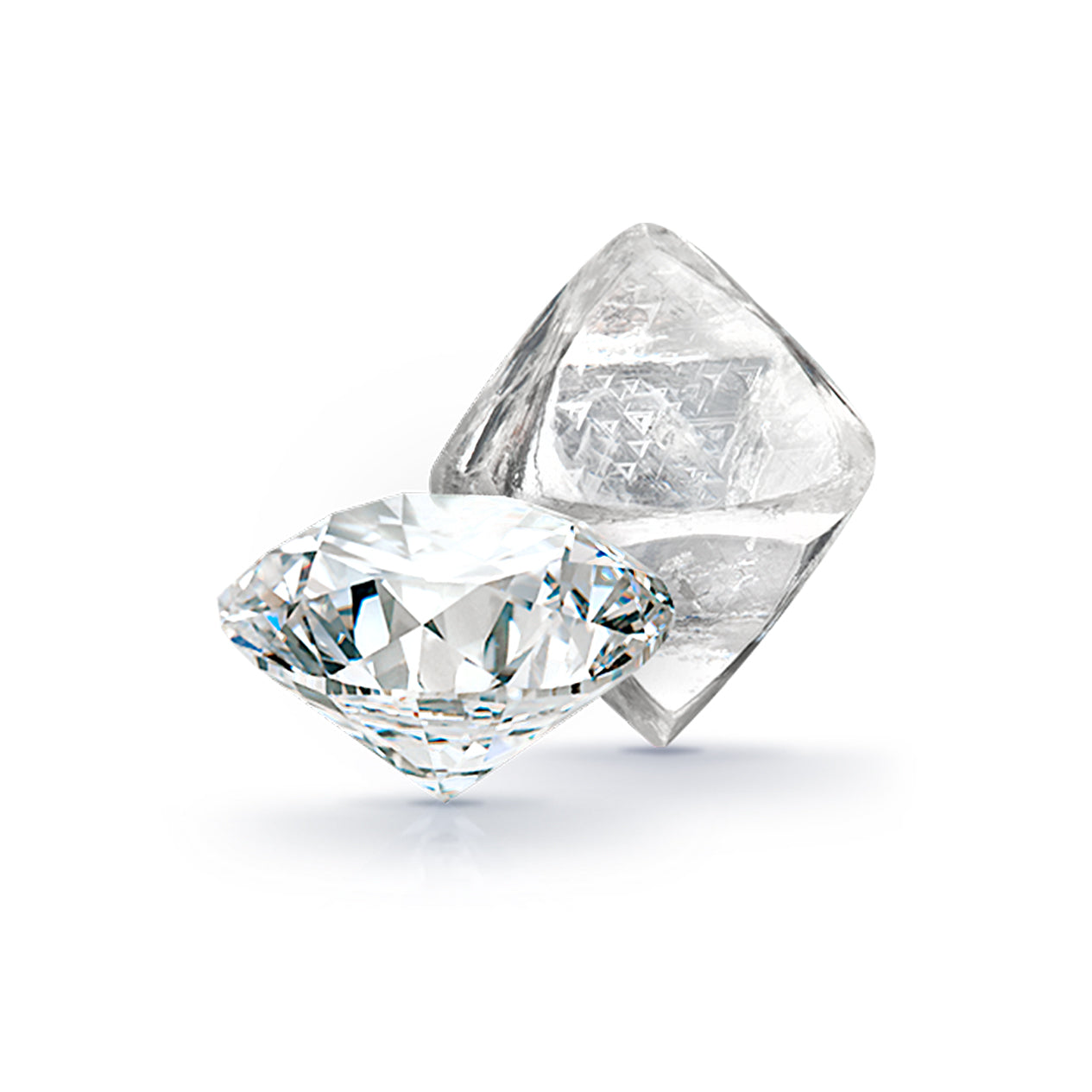
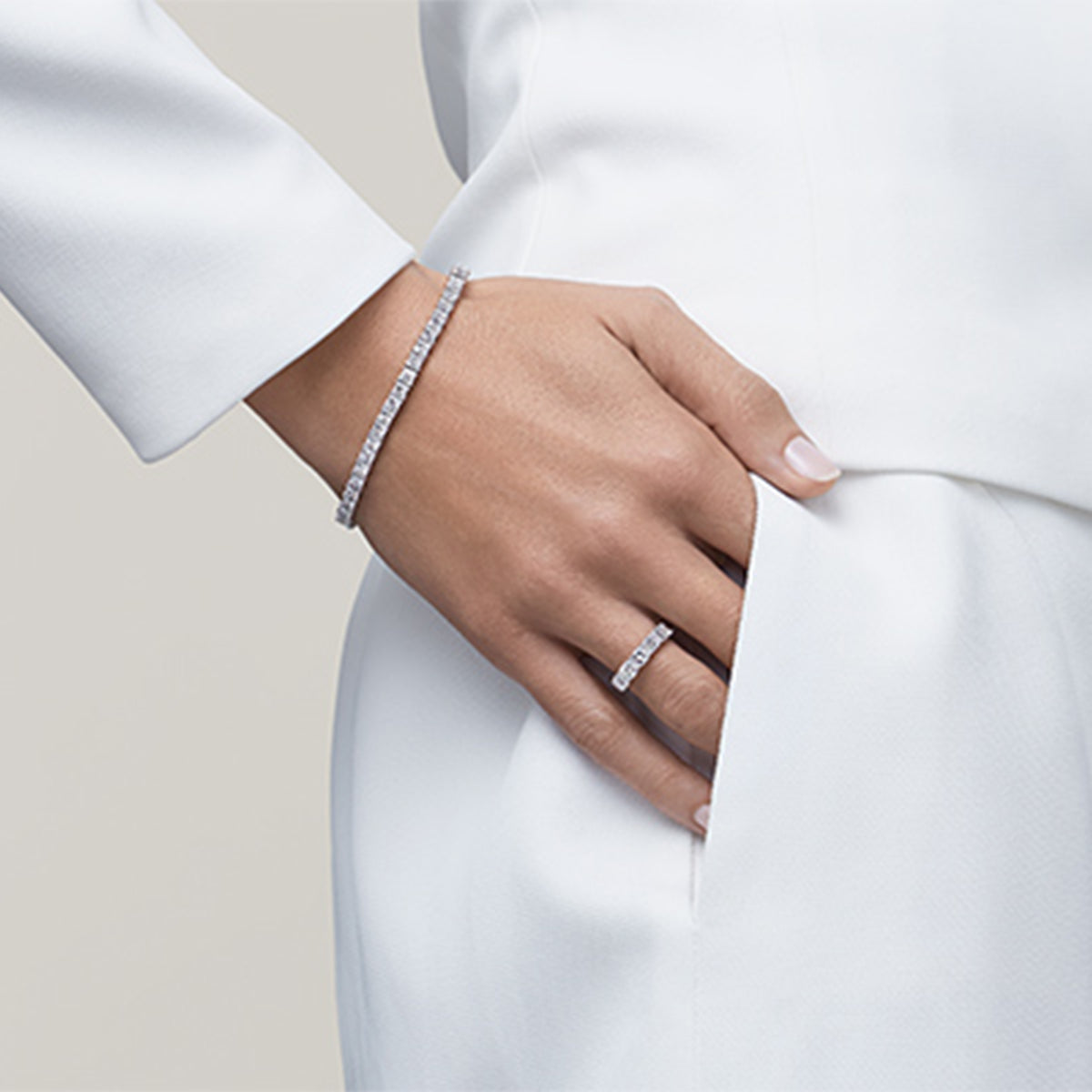
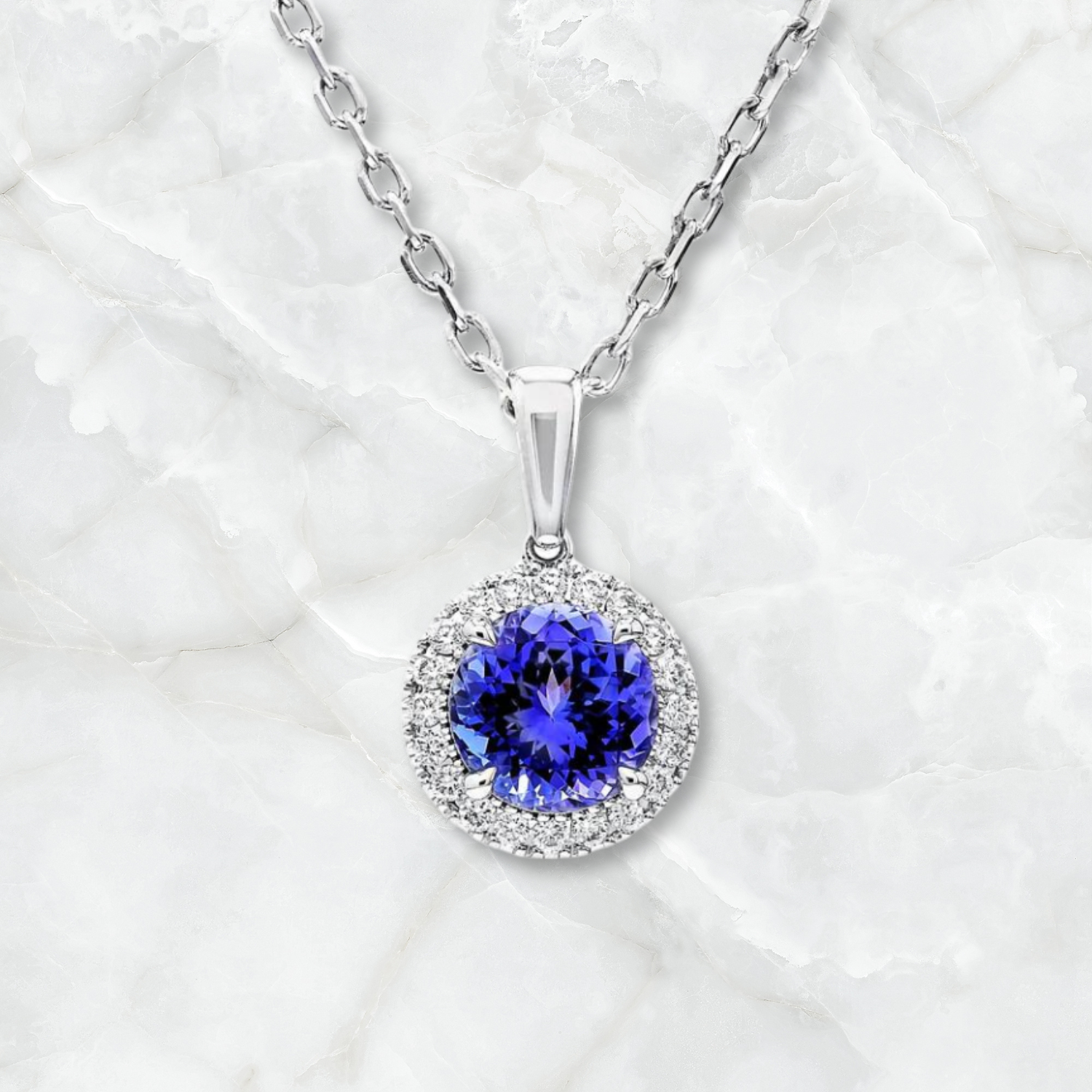
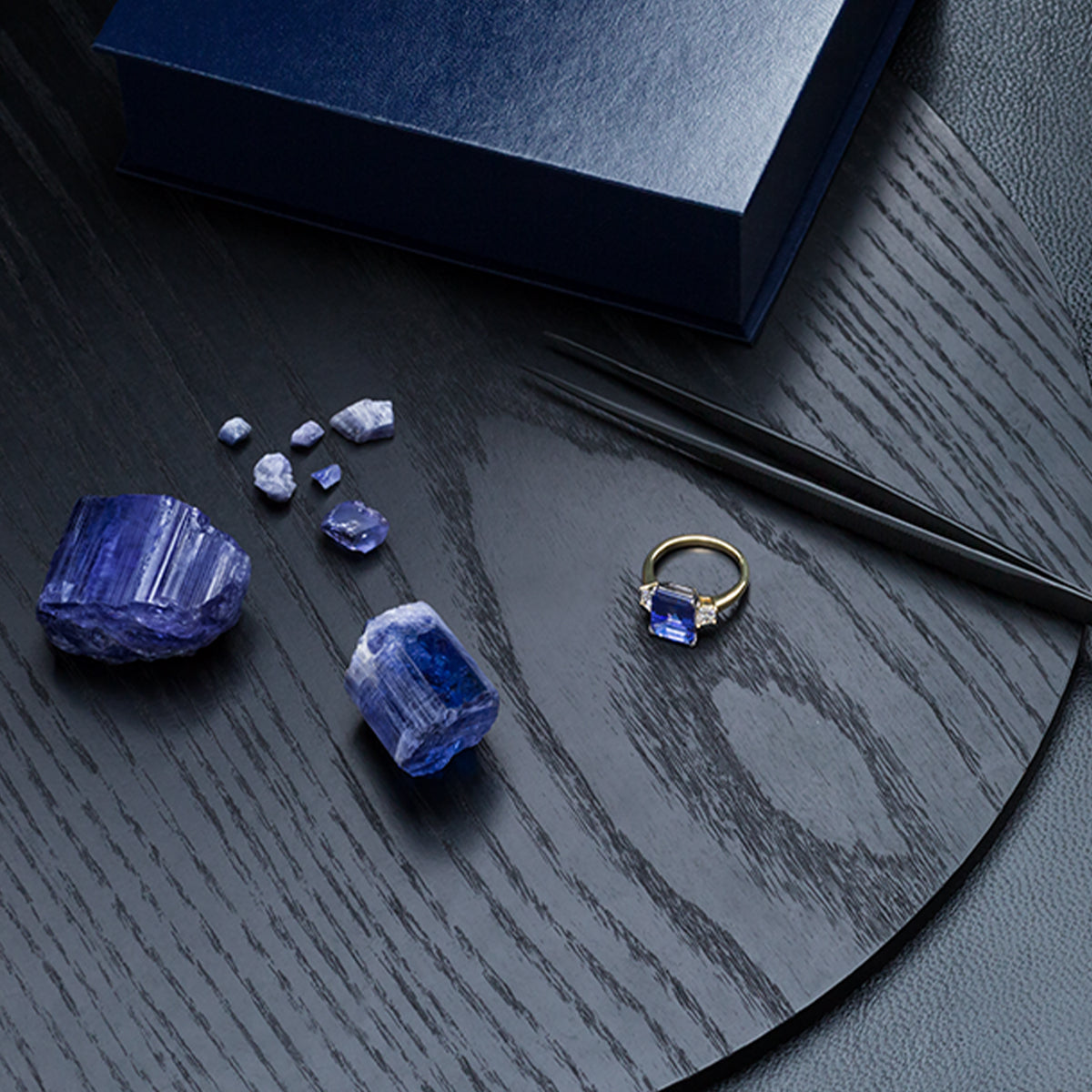


Leave a comment
This site is protected by reCAPTCHA and the Google Privacy Policy and Terms of Service apply.